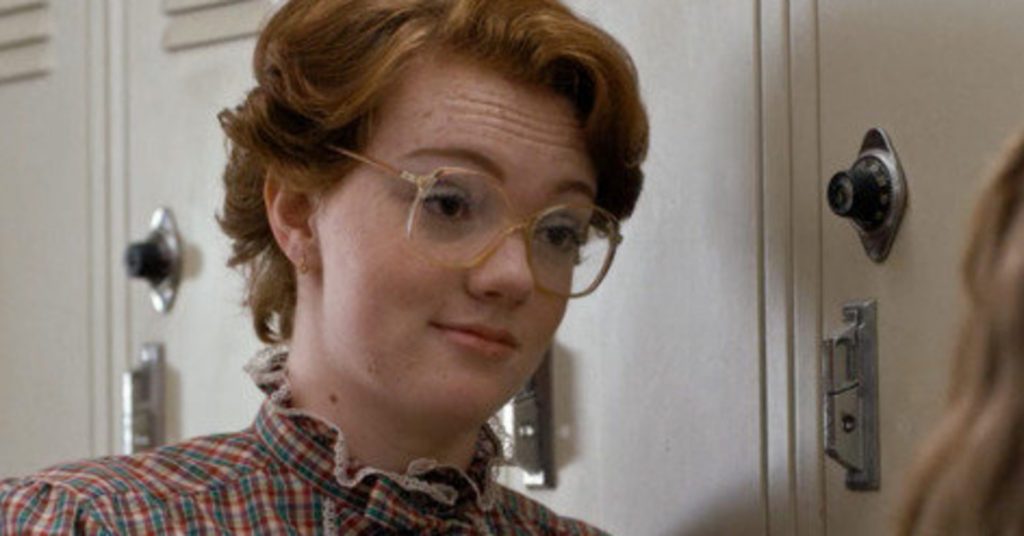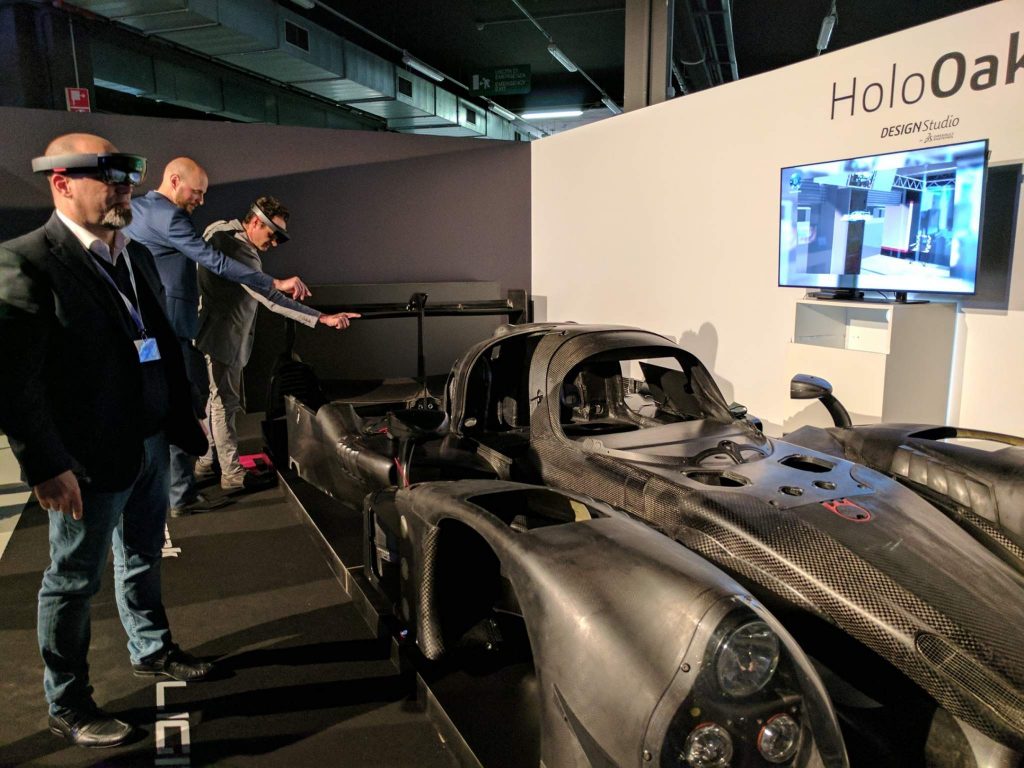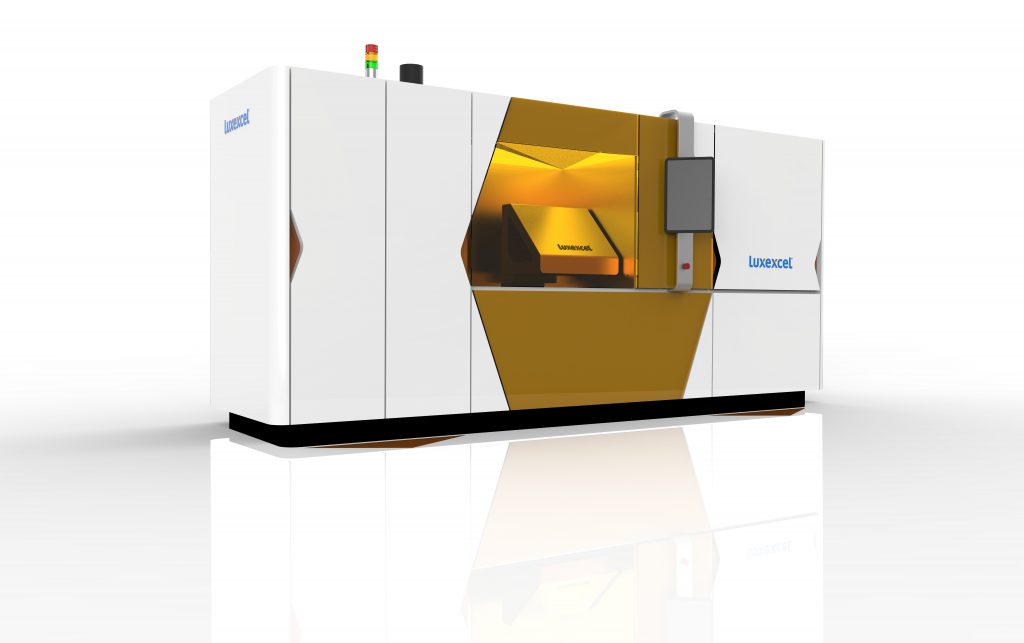3D printing ophthalmic lenses that are optically clear and customized for prescription eyewear may sound futuristic. Combining such lenses with VR/AR sounds even more so, however with a fresh influx of venture capital from Innovation Industries, this is precisely what Luxexcel plans to do.
We’ve reported on Belgium based Luxexcel before, most recently when the company received a further $10 million to develop their ISO certified 3D printed lenses in May 2017.
The new $4.7 million investment is earmarked to, “accelerate the next-gen development of its 3D printing platform for prescription lenses for use in Augmented Reality and Virtual Reality applications.”
A less strange AR/VR experience
Having used multiple AR/VR systems – including the HoloLens, Oculus Rift and HTC Vive – and also as a wearer of marginally oversized prescription glasses, this development is interesting.

In my experience, AR/VR systems while functional for us folk who wear prescription lenses can also be uncomfortable for longer periods of time. As AR/VR is currently not widely adopted, if certain applications are to gain wider use – improving the experience would be welcome.
Specifically, my HoloLens experience while wearing glasses doesn’t appear to replicate the glowing reviews I have seen elsewhere. For situations where AR would enhance productively and require prolonged use, for example providing maintenance engineers an augmented overlay of quality inspection checks, such customization could be valuable.

Innovation Industries anticipates applications including “smart glasses that provide the user with real time information for professional and personal use, gaming applications including control consoles for drones (fpv), sensors and cameras integrated in eyewear.”
3D printing lenses
Luxexcel 3D printers have a current throughput of 4 lenses per hour. Using the Luxexcel VisionEngine a 3D design is printed using a jetting method. A UV-curable acrylic based resin is jetted onto the build plate, and then cured by UV-light.

Timing is critical in this technique, as for the lenses to achieve maximum clarity an interval must be left between the deposit of material and the UV curing. This elapse of time allows the resin to flow and – with natural surface tension – form a smooth lense.
A secondary coating process takes place once the 3D print has completed. Luxexcel says they are the only company in the world, “which can 3D print ophthalmic specialty lenses.”
By 3D printing the lenses multiple manufacturing steps are eliminated, including the process by which material is subtracted from a lens blank through grinding, polishing, and edging.
The company explains, “The launch of this technology is not aimed to enter into mass market solutions or compete on a price level. The primary goal is to add value for the users, primarily independent ophthalmic labs – and enable them to offer unique products to their customers.”

Moving to production with 3D printing
Jetting based 3D printing techniques are viewed by many as one of the most viable aspects of 3D printing for production. This is due the speed and scalability of inkjet. Where the inkjet engine is thermal, rather than piezoceramic, there is an additional cost advantage.
To further the adoption of inkjet 3D printing technology, material scientists are currently developing photopolymer resins with the suitable rheological– i.e. how they flow – properties. During a recent business trip to Taiwan, I visited several laboratories where low viscosity resins are under development for this very purpose.
Speaking about his funds latest investment, Nard Sintenie, founding partner at Innovation Industries, said, “We believe that with the technology of Luxexcel it will be possible to combine AR/VR applications with [vision] correction, which is an essential component in bringing smart eyewear to the mainstream market. We are excited about leveraging the high-tech network in the Netherlands to enable this unique breakthrough.”

Luxexcel’s CEO Hans Streng added, “AR/VR applications have become a hot topic in the industry. We add the ability to 3D-print ophthalmic-quality prescription lenses to these applications.”
“This enables the AR/VR headset manufacturers to offer fully personalized smart eyewear in an attractive frame design. The ability of our platform to 3D-print ophthalmic lenses in any shape or form and the possibility to embed new functionalities in the lens triggers entirely new dimensions in terms of user-experience and business opportunity.”
To receive the latest 3D printing news, sign up to our newsletter and follow us on twitter and Facebook.
Featured image shows a showcase of the 3D printed ophthalmic lenses. Photo via Luxexcel.



